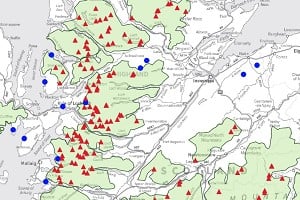
A proposed pumped storage scheme in the slate quarries above Llanberis is worrying many people. What will the visual impact be on this special area? How might it affect the adjacent Snowdonia National Park? And what about the delicate ecology of Llyn Padarn? Emily Wood doesn't think these key questions have yet received proper answers.
The Glyn Rhonwy Development is a proposed pumped hydro storage scheme planned to be constructed in the Glyn Rhonwy slate quarries on the flanks of Cefn Du, above the village of Llanberis, with abstraction, top up and outflow to Llyn Padarn.
These plans are a concern to many locals and visitors. With the Snowdonia National Park right next door, what will its visual impact be? Of particular concern here are the above-ground electrical cables most likely to be used to connect the scheme to the grid. Then there's the possible disturbance to Llyn Padarn, one of only three places left in Wales where Arctic charr can be found. Objectors don't feel these questions have yet been adequately addressed.
"Whether you are for or against the idea, surely it is vital that a development in such an important area is subject to the most thorough scrutiny? We cannot afford to damage a landscape of such formidable beauty simply through careless planning."
Pumped storage is a method of storing energy and then generating electricity at short notice. At times of peak demand water is released from an upper reservoir, which passes through a turbine, into a lower reservoir. Water is then pumped back up during periods of low demand, to be stored in the upper reservoir ready for the next peak. Each cycle uses more electricity than is generated.
The Glyn Rhonwy Development site encompasses a series of disused quarries, the Glyn Rhonwy Industrial Estate platforms and an area adjacent to, and within the shores of the Llyn Padarn. Covering an area of approximately 97.77ha (see figure), it consists of the following components:
- Upper reservoir or "headpond" (Quarry 1 Chwarel Fawr) its dam and spillway to Nant Y Betws;
- Lower reservoir or "tailpond" (Quarry 6 Glyn Rhonwy Quarry) its dam and spillway to Llyn Padarn;
- The "penstock", a pipe connecting Quarry 1 to the power house located adjacent to Quarry 6;
- The "tailrace", a pipe connecting the power house to the tailpond at Quarry 6
- A pumping station on the shore of Llyn Padarn;
- The power house containing the turbines and pumps (at a depth of 70 m), to be located on the Glyn Rhonwy Industrial Estate Platform 5 (south of Quarry 6).
The site is located within a Landscape Character Area (LCA) (designated for its historical landscape) and also within Dinorwig Landscape of Outstanding Historical Interest. LANDMAP evaluations for the site and its locality are Outstanding for geological, historic and cultural landscapes and High for visual and sensory landscapes. The site is located approximately 650m outside of Snowdonia National Park. Several Public Rights of Way cross the Order Limits in addition to the road, Ffordd Clegir. The development area is partly located within land designated as Open Access under the Countryside and Rights of Way Act 2000.
The site has an interesting history, starting as agricultural land and then being quarried for slate from 1840 until 1930 when the Glyn Rhonwy quarry closed. In 1941 the Ministry of Defence commandeered part of the site as a munitions store. After the collapse of a cavern the site was used for explosives dumping and demolition as well. The site is reported to have been cleared in the 1970s; however the potential for run off from this old munitions dump into Llyn Padarn is a major concern.
In the 1990s Euro DPC Ltd. built a factory at the bottom of Clegir and the council started developing the Glyn Rhonwy site with roads and platforms for further industrial development. In 2002 plans were submitted for a giant snowdome – a huge scheme including a ski run, a family water park, 140 room hotel, health spa, 75 timeshare and 225 self-catering apartments and bike trails. Local community group Beikio opposed the plans and proffered instead a world class mountain bike course with ski lift and offices.
Both schemes fell by the wayside as Quarry Battery came to the fore with plans for a pumped hydro storage scheme. After a hurried consultation over the Christmas period Gwynedd council granted planning permission for the development in February 2014.
Quarry Battery then formed a new company Snowdonia Pumped Hydro Limited and decided to go big, doubling the size of their plans. Expanding from a generating capacity of 49.9 MW to 99.9MW now means the development falls under the definition of a Nationally Significant Infrastructure Project (NSIP) and therefore requires a Development Consent Order (DCO) under the Planning Act 2008. That's good news for those who want to object! Section 46 of the planning act requires three phases of consultation and obliges the applicant to consider all consultation responses.
Snowdonia Pumped Hydro Limited may have thought they could make incremental increases with no apparent change but suddenly the locals sat up and started asking questions. Facts emerged which to some are quite simply unacceptable.
What will be the visual impact of such a large structure? Though it's to be built partially underground, the dams, turbine hall, and lighting will be visible from many viewpoints. The visual assessment has been criticised for lack of suitable locations – including no photomontage of views of the pumping station on Llyn Padarn.
The Snowdonia Society, a charity committed to protecting, enhancing and celebrating the National Park, raised concerns about the aesthetic impact of the original proposal – particularly in regard to views from the National Park and light pollution spilling into the National Park.
The development will be connected to the electricity distribution system network via a new electrical connection from an onsite substation to an offsite connection terminating at Pentir. The electrical connection is classed as associated development and so the developer claims to have no power over the ultimate choice of above ground or below ground connection to the closest substation.
But the potential impact of above ground electrical cables in such a scenic area is perhaps the greatest fear. This concern is shared by the likes of the British Mountaineering Council, Snowdonia Active and the local community council.
The location of the pumping station on the shores of Llyn Padarn, directly in the middle of an area known locally as "The Lagoons", has infuriated many locals and visitors. The Lagoons are a very important recreational resource for picnicking, swimming, kayaking and other water based activities. The area throngs with people in the summer months.
And then there's the potential ecological impact. Llyn Padarn is one of only three remaining natural locations in Wales for the Arctic charr Salvelinus alpinus L., a glacial relict fish species which requires deep, cold lakes. There are concerns that abstraction from or discharge into the lake will upset the thermocline in the water, affecting the Arctic charr and their juveniles. The former Countryside Council for Wales objected to the original scheme on the basis of potential impact to the Arctic charr and to recreational users. There are also two schedule 1 birds nesting in the lagoons, peregrines and choughs, and there are concerns that the building work will disturb these birds and impact on the rare wildlife in the area.
Whether you are for or against the idea of pumped hydro storage, surely it is vital that a development in such a hugely important recreational area is subject to the most thorough scrutiny? We cannot afford to damage a landscape of such formidable beauty simply through careless planning.
The third round of consultations is anticipated in June, allowing everyone to have their say. You can register your opinion directly with the Planning Inspectorate.
And to find out more about local concerns and what you can do to help, please join us on Facebook at Concerned About Glyn Rhonwy?

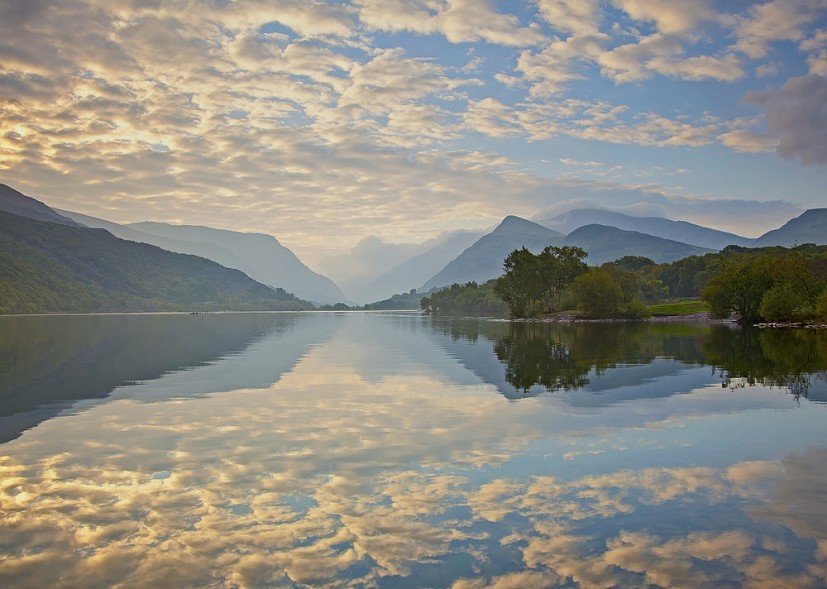
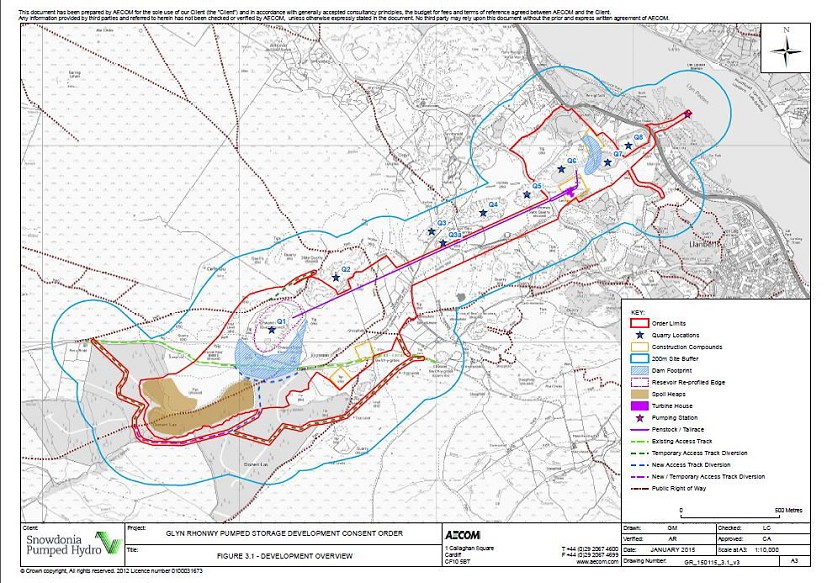
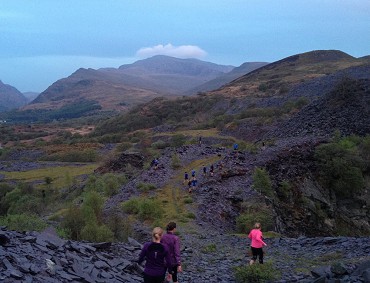
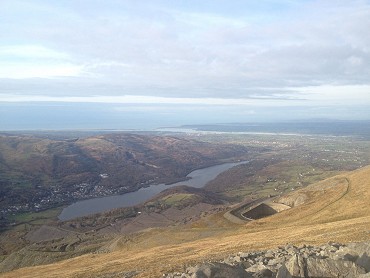

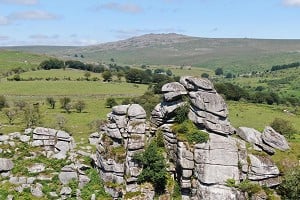
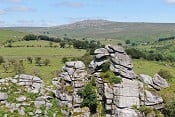




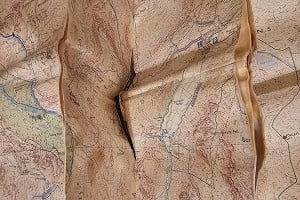



Comments